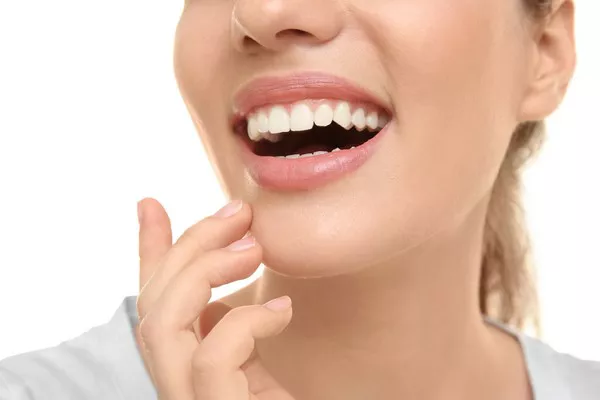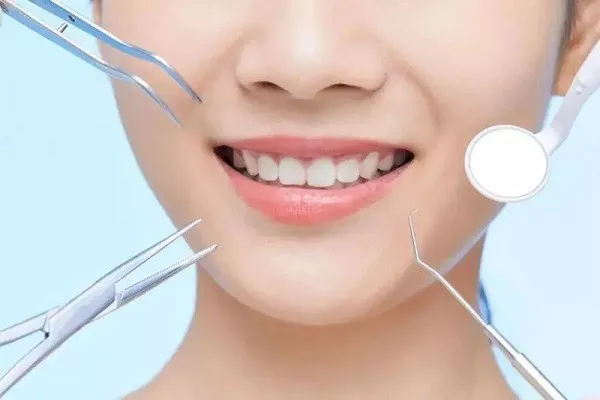A lot of patients have been calling in recently with a question: Why are my teeth changing color?
This issue is quite complex, without face to face examination dare not easily conclude.
Here, the causes and symptoms of tooth discoloration are summarized.
Dental discoloration caused by water quality factors is commonly referred to as dental fluorosis or macular enamel.
The main reason is high levels of fluoride in drinking water.
The symptoms of dental fluorosis: mild tooth surface of the tooth enamel cloudy opaque, chalky;
Moderate tooth surface is yellow or brown yellow irregular plaque;
In addition to color change, enamel defect was also observed in severe cases.
The lower teeth are fluorosis, and the upper teeth are the effects of treatment. Tooth discoloration caused by enamel hypoplasia. The enamel of the upper teeth may also cause tooth discoloration due to the lack of calcium, phosphorus, vitamin A, D and other substances or the action of harmful factors.
Symptoms: Light tooth surface enamel is opaque chalky, loose and rough, can be stained by food and yellowish brown.
In severe cases, there may be substantial enamel defects, such as fossa or ribbon-like absence, or even no enamel cover.
Tetracycline Tetracycline is an important cause of tooth blackening.
During tooth development, if you take too many tetracycline drugs (such as tetracycline, oxytetracycline, doxycycline, etc.), it is easy to cause tooth discoloration, known as tetracycline staining teeth.
This is because tetracycline drugs can combine with calcium ions in the tooth tissue to form a stable tetracycline calcium salt. With the increase of age, the discoloration will gradually worsen, and tend to be stable after the age of 18.
According to the coloring depth, clinical can be divided into four degrees, showing symptoms: once tetracycline teeth its tooth surface is uniform milky yellow or light yellow;
The second degree of the tooth surface is uniform shades of brown or gray yellow;
The third degree tooth surface is uniform with different shades of pure gray, gray brown or gray black;
The fourth degree of tooth surface is gray brown or gray black, can be combined with enamel hypoplasia, accompanied by tooth tissue defect.
Tooth discoloration caused by genetic factors of mild tetracycline teeth Discoloration caused by genetic factors is generally violet blue, which is rare.
Presenting symptoms: the exposed dentin is bright, translucent and yellowish brown. The teeth are easy to wear, and in severe cases, they are residual roots.
Dental caries, commonly known as cavities or caries, is due to the involvement of bacteria, saccharide food fermentation and acid corrosion of the tooth, over time caused by tooth soft, tooth tissue disintegration, the formation of black cavities.
Blackening of teeth caused by dead pulp and discoloration of teeth are usually caused by bacterial infection of deep caries or direct violent blow, and the teeth are accidentally broken, resulting in pulp injury and necrosis and discoloration.






























